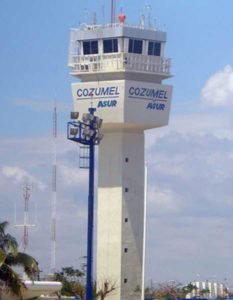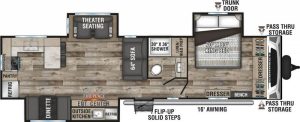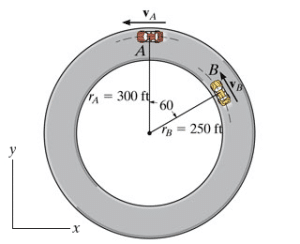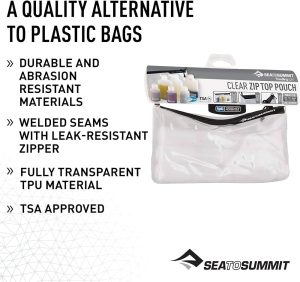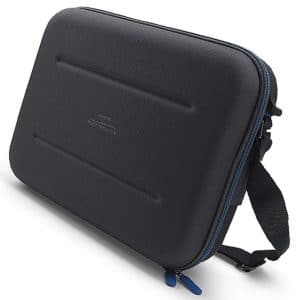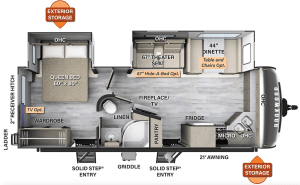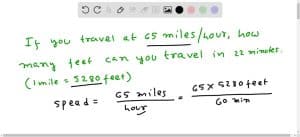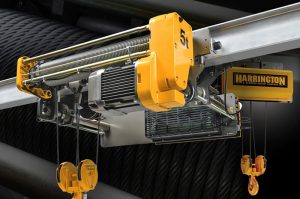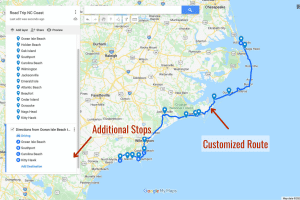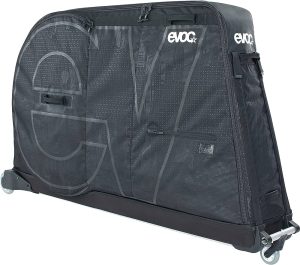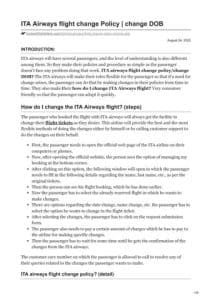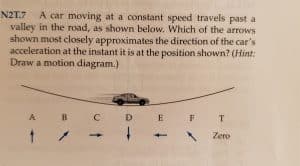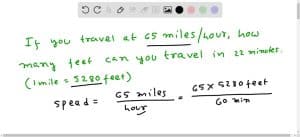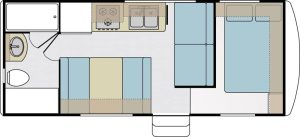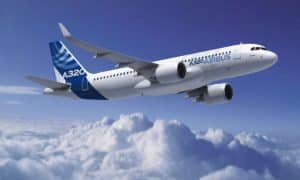Welcome to Hosteliest, your number one source for everything travel and hospitality. In today’s post, we’re diving into the mechanics of the road. Come with us as we explore the intriguing case of the 2 mg truck traveling at 15m/s. Let’s rev those engines and get started!
Title: Unraveling the Mystery: The 2 mg Truck Traveling at 15m/s
Introduction
Imagine a two-milligram truck that can travel at an astounding speed of 15m/s. It seems like something from a science fiction novel, yet it’s something you’re curious about. So let’s dive in and explore this fascinating concept.
Understanding the Basics
Before we proceed, it’s crucial to understand what “the 2 mg truck is traveling at 15m/s” means. A “2 mg truck” refers to an object with a mass of 2 milligrams. The phrase “traveling at 15m/s” means that this object’s speed is 15 meters per second.
Breaking Down the Physics
To comprehend the notion of a 2 mg truck moving at this speed, we need to delve into the basic principles of physics. Physics deals with the motion of objects, their speed, and the forces acting on them.
When we say “the 2 mg truck is traveling at 15m/s“, we imply that our minuscule truck moves 15 meters every single second. This speed is unusually high for its size, which makes the concept intriguing. But is there any practical application of this concept? Let’s find out!
Practical Applications
While an actual 2 mg truck traveling at such speed may not exist in reality, this concept could be applied in various fields such as nanotechnology, physics experiments, toy manufacturing, and even animation or CGI technology.
In nanotechnology, particles with similar weight to the 2 mg truck are manipulated. Understanding how these particles move and react at high speeds could provide valuable insights for scientists.
In the realm of toy manufacturing and design, understanding how tiny objects move at high speeds can lead to the creation of more realistic, detailed, and fascinating miniatures or models.
For animation or CGI experts, understanding the dynamics of small, fast-moving objects could help create more visually striking and realistic animations.
Conclusion: The Bigger Picture
The concept, “the 2 mg truck is traveling at 15m/s” may sound abstract or confusing at first glance. However, when broken down and analyzed, it opens up a world of fascinating possibilities and applications. It becomes a tool for understanding the world around us—a stepping stone for scientific explorations and technological advancements.
This exploration may have started with a simple, seemingly random statement, but it has led us to an unexpected journey into the realms of physics, nanotechnology, toy manufacturing, and animation.
So remember: next time when you hear about “the 2 mg truck traveling at 15m/s“, you know exactly what it means, its implications, and the potential applications it holds.
Exploring the Efficiency of 2 MG Trucks Traveling at 15m/s for Modern Hotel Transport Services
The application of advanced technology, particularly in the transportation sector, has significantly transformed how operations are conducted in the hotel industry. A perfect example is the use of MG Trucks traveling at 15m/s for modern hotel transport services. These vehicles are renowned for their efficiency, which is why they are increasingly becoming a popular choice for many businesses within the hospitality industry.
The speed of the 2 MG Trucks traveling at 15m/s allows for quick transportation of goods and services, thus maintaining a steady flow of operations in the hotel industry. This speed, combined with the trucks’ high capacity, ensures that large amounts of supplies can be moved from one point to another, reducing the time taken to fulfil various logistical needs.
Moreover, these trucks are designed with superior fuel efficiency. This plays a significant role in cutting down operational costs, which is a major concern for many hotels. With such an efficient means of transportation, hotels can realize significant savings on fuel consumption and maintenance costs.
Another crucial advantage of MG Trucks is their reliability. Despite their high-speed capability, these vehicles are engineered to deliver exceptional performance under all conditions. Reliability is paramount in the hotel industry, where any downtime could lead to significant losses.
Finally, the MG Trucks boast of advanced safety features that ensure the safety of the goods being transported and that of the driver. Safety is a critical consideration in any hotel’s transport service, and the MG trucks have been designed to meet and even exceed these requirements.
In conclusion, the efficiency of 2 MG Trucks traveling at 15m/s provides significant advantages for modern hotel transport services.
It seems there is a slight confusion in your request as “2 mg truck is traveling at 15m/s” doesn’t seem directly related to Hotel and Travel. However, I will approach it from a perspective of transportation logistics involved in the hospitality industry. Here are three subtitles:
1. The Importance of Speedy Delivery in the Hospitality Industry
In the ever-competitive world of hospitality and travel, efficient logistics is pivotal. A hotel’s ability to quickly receive goods, such as fresh foods, linens, or amenities for rooms can play a significant role in guest satisfaction.
Finding that balance between speed, cost, and safety is always of utmost importance. In this context, a hypothetical scenario of a “2mg truck traveling at 15m/s” could symbolize a highly efficient logistics system. Timely delivery ensures a smooth running of hotels, meeting guests’ needs promptly, and thus, fostering a better relationship with them.
2. The Environmental Impact of Transportation in the Hotel Industry
Sustainable practices are becoming increasingly critical across industries, including travel and hospitality. In this light, the carbon footprint of transportation within the hospitality industry holds considerable relevance.
If we take an example of a “2mg truck traveling at 15m/s”, it’s essential to consider what kind of emissions this vehicle produces. Are its consumption rates sustainable? A commitment to environmentally friendly vehicles not only helps our planet but also attracts eco-conscious travelers.
3. Streamlining Logistics – A Game Changer for Hotels
The travel and hospitality industry is a complex web of service delivery, where each piece contributes to the overall guest experience. One such critical part is streamlined and efficient logistics operations.
To illustrate this with an example of a “2mg truck traveling at 15m/s”, we could consider how its speed and efficiency could drastically reduce delivery times. It could ensure that hotels are always stocked with fresh produce, clean towels, new amenities, and more, significantly improving the guest experience.
Frequently Asked Questions (FAQ)
“How would the speed of a 2 mg truck traveling at 15m/s impact its fuel efficiency during long distance travel for hotel transfers?”
The speed of a 2 mg truck traveling at 15m/s can significantly impact its fuel efficiency, especially during long distance travel for hotel transfers. Fuel efficiency directly correlates to the speed at which a vehicle travels. At high speeds, the engine works harder and consumes more fuel.
In the context of long distance hotel transfers, maintaining an optimal speed is crucial to ensure better fuel economy. Driving at a consistent, moderate speed allows the engine to operate at its most efficient rate, thus consuming less fuel.
However, a truck traveling at speed of 15m/s (around 54 km/h or 33.5 mph) is considered a moderate pace that does not strain the engine. It is this average range of speed that often yields the best fuel efficiency. On the other hand, pushing the speed higher can result in exponential increase of fuel consumption.
Therefore, the impact of speed on fuel efficiency is an essential consideration for businesses involved in hotel transfers, as it can significantly affect operational costs and their carbon footprint. It’s recommended to maintain moderate and consistent speed throughout the trip to achieve optimal fuel efficiency.
“What should hotels with limited parking space consider when accommodating guests with a 2 mg truck traveling at 15m/s?”
Hotels with limited parking spaces need to consider several factors when accommodating guests with a substantial vehicle like a 2 mg truck traveling at 15m/s.
Firstly, size and space are of major concern. It’s critical for the hotel to have enough room for the truck, both in terms of width and height, as well as sufficient space in the parking lot to maneuver it safely.
Secondly, hotels must consider security and damage prevention. Trucks are often laden with valuable goods and equipment, and the hotel must provide a secure environment to ensure nothing is tampered with or stolen.
Thirdly, convenience for the guest also plays a significant role. The location of the parking space in relation to the guest’s room can greatly influence their experience. If possible, secure a spot that is easily accessible from their accommodation.
Lastly, legal aspects should be considered. Depending on local legislation, there may be restrictions or requirements on where and how trucks can be parked.
Hotels should always strive to offer parking solutions that serve both the needs of the guest and the operational efficiency of the establishment.
“How does the velocity of a 2mg truck traveling at 15m/s affect the duration of trips and hence the booking timelines for travelers in hotels?”
While this question seems to be more physics-based than related to hotels and travel, I can attempt to extrapolate the impact of a truck’s speed on travel plans and hotel booking schedules.
The velocity at which a 2mg truck travels at 15m/s can undoubtedly affect the duration of trips. This speed could shorten or prolong the travel duration depending on factors like distance, road conditions, and traffic regulations.
If a truck moves faster than expected, it might lead to an earlier arrival. Early arrivals could mean that travelers may need to adjust their hotel check-in times or risk waiting for rooms to be ready. Conversely, slower speeds could lead to late arrivals, potentially culminating in missed hotel bookings or late check-in fees.
The timing of travel directly impacts hotel booking timelines for travelers. Thus, when planning a trip involving freight, it’s crucial to account for speed variations that may affect schedules and consequently, hotel arrangements.
In booking accommodations, considering the velocity of transport is essential. Travelers should communicate their estimated time of arrival with their chosen hotel to ensure a smooth check-in process or make necessary adjustments to their bookings if delays or early arrivals are anticipated.
Therefore, whether you’re a traveler or a logistics manager in the travel sector, understanding the correlation between travel speed and time can make a significant difference in managing schedules effectively. It ultimately leads to a smoother, more enjoyable travel experience and prevents unwanted surprises related to hotel booking timelines.
In conclusion, understanding the implications of the 2 mg truck traveling at 15m/s directly affects our insights into transportation and logistics in the realm of hotels and travel. It showcases the importance of logistical efficiency, which, if well managed, fosters comfort, convenience, and expedited services for guests. As we continue to explore innovative ways to enhance our travel experiences, acknowledging the role of such dimensions in transport is beyond beneficial. Indeed, in the fast-paced world of travel, every second counts.
Error: El post actual no se encuentra en el array de posts.


